Guy Tillim
Roma, Città di Mezzo, 2009
-
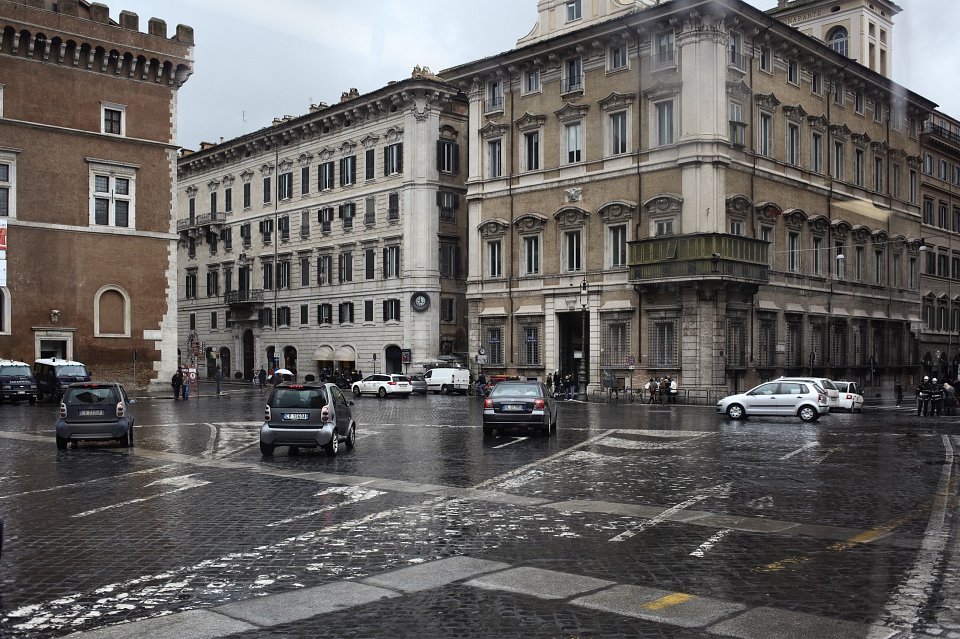 Piazza Venezia, 2009
Piazza Venezia, 2009
archival pigment ink on cotton rag paper, 91,5 × 131,5 cm
edition of 5 + 2 AP -
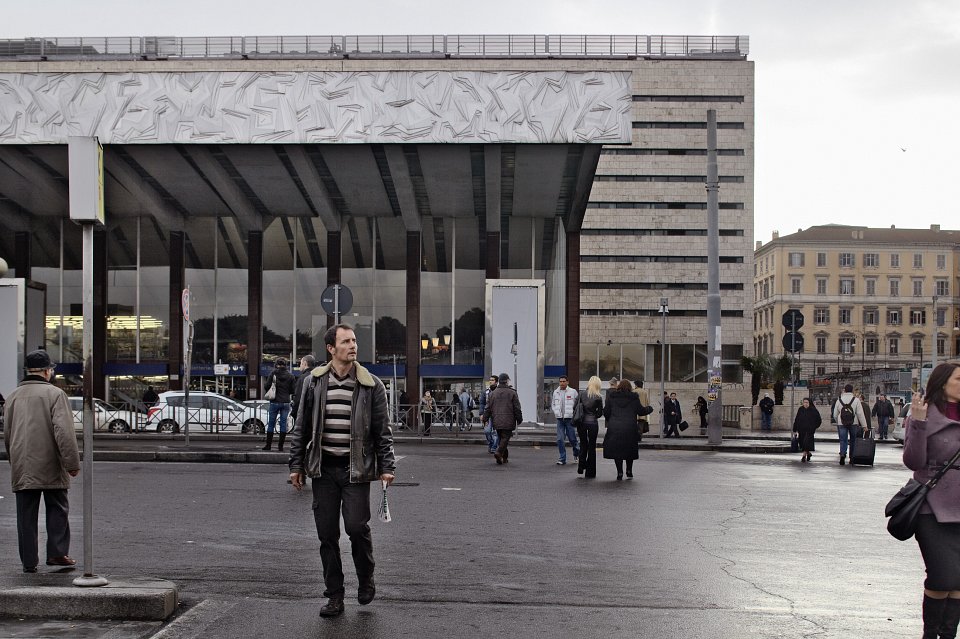 Piazza dei Cinquecento, 2009
Piazza dei Cinquecento, 2009
archival pigment ink on cotton rag paper, 91,5 × 131,5 cm
edition of 5 + 2 AP -
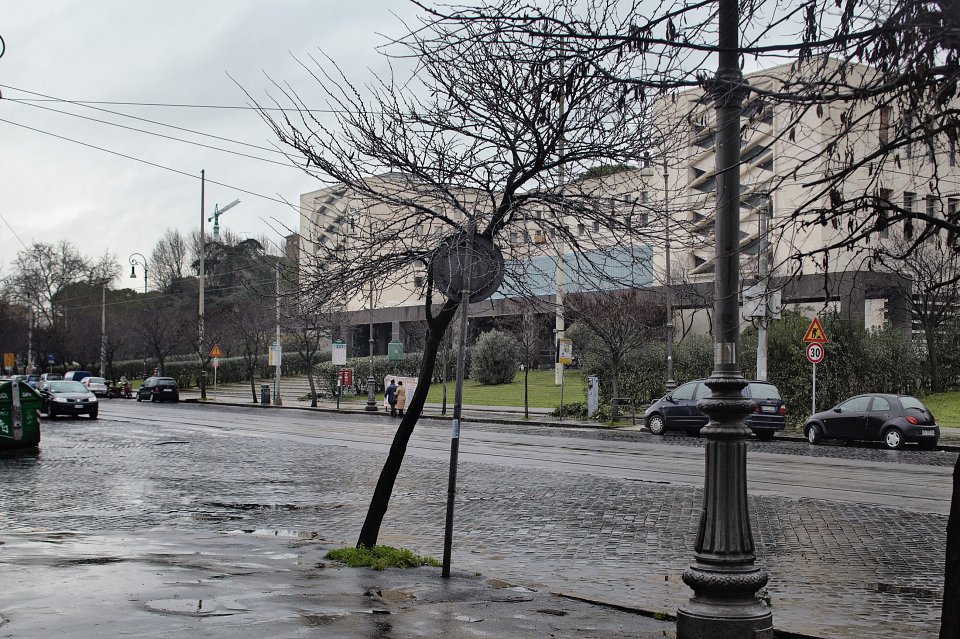 Via Marmorata, 2009
Via Marmorata, 2009
archival pigment ink on cotton rag paper, 91,5 × 131,5 cm
edition of 5 + 2 AP -
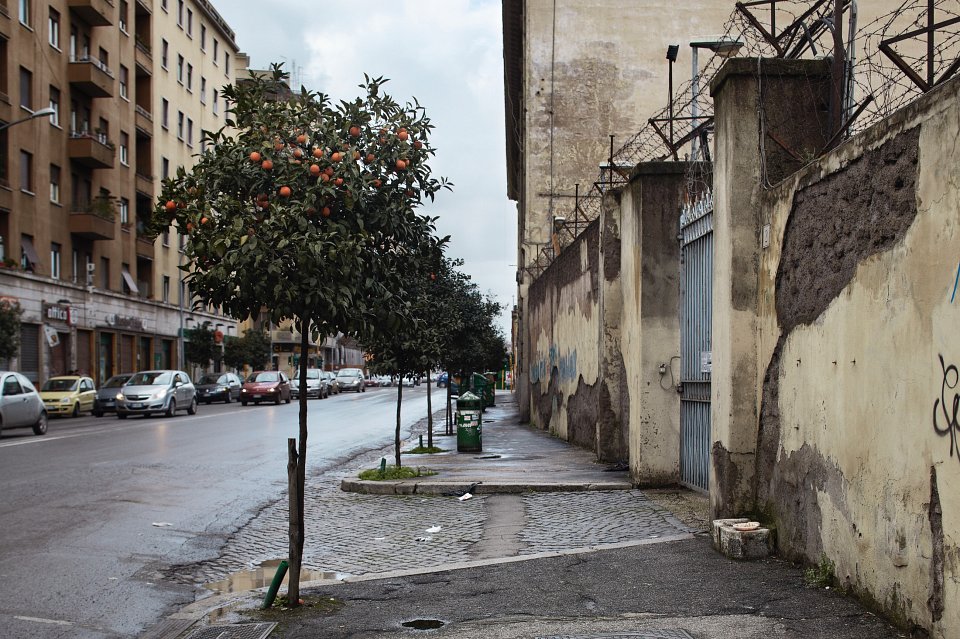 Via del Porto Fluviale, 2009
Via del Porto Fluviale, 2009
archival pigment ink on cotton rag paper, 91,5 × 131,5 cm
edition of 5 + 2 AP -
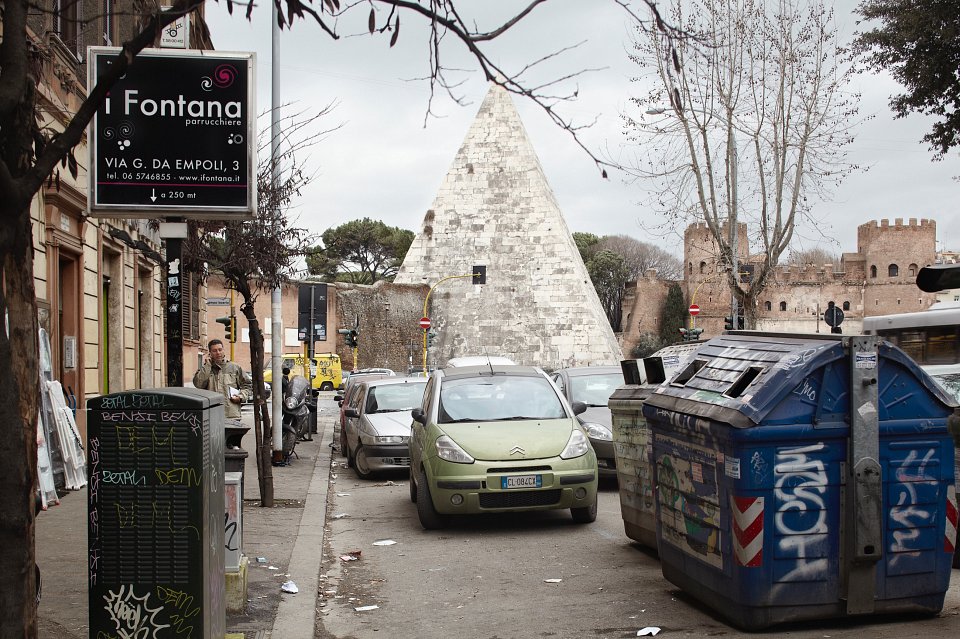 Via Ostiense, 2009
Via Ostiense, 2009
archival pigment ink on cotton rag paper, 91,5 × 131,5 cm
edition of 5 + 2 AP -
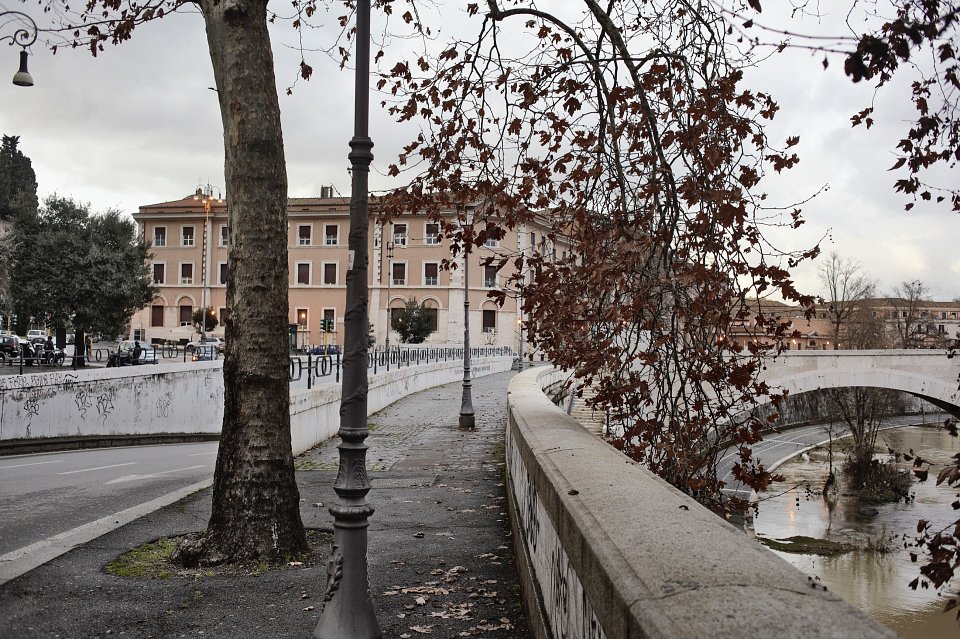 Lungotevere Gianicolense, 2009
Lungotevere Gianicolense, 2009
archival pigment ink on cotton rag paper, 91,5 × 131,5 cm
edition of 5 + 2 AP -
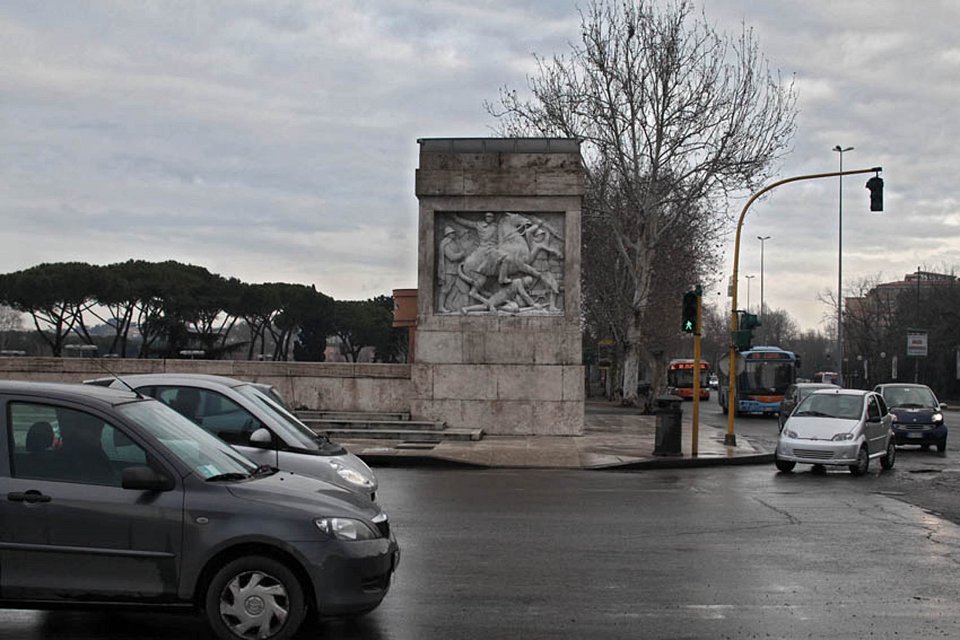 Ponte Duca d'Aosta, 2009
Ponte Duca d'Aosta, 2009
archival pigment ink on cotton rag paper, 91,5 × 131,5 cm
edition of 5 + 2 AP -
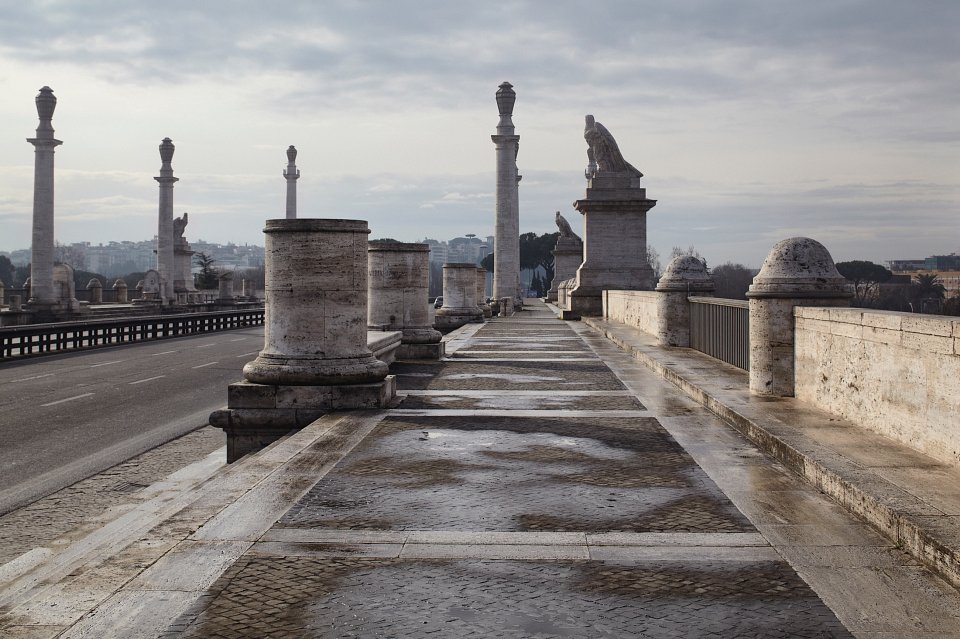 Ponte Flaminio, 2009
Ponte Flaminio, 2009
archival pigment ink on cotton rag paper, 91,5 × 131,5 cm
edition of 5 + 2 AP -
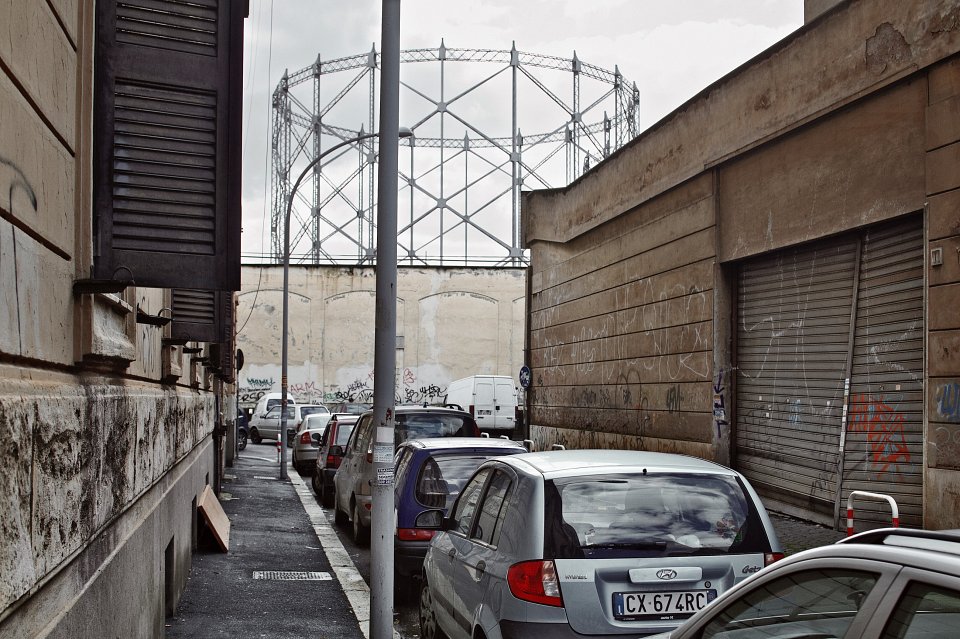 Via Giuseppe Acerbi, 2009
Via Giuseppe Acerbi, 2009
archival pigment ink on cotton rag paper, 91,5 × 131,5 cm
edition of 5 + 2 AP -
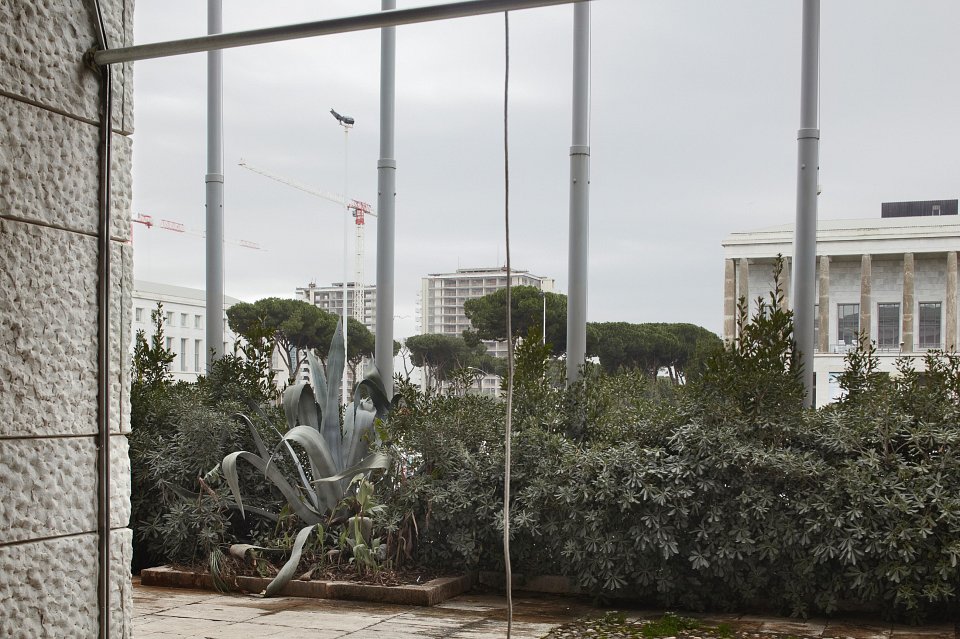 Piazzale Marconi, 2009
Piazzale Marconi, 2009
archival pigment ink on cotton rag paper, 91,5 × 131,5 cm
edition of 5 + 2 AP -
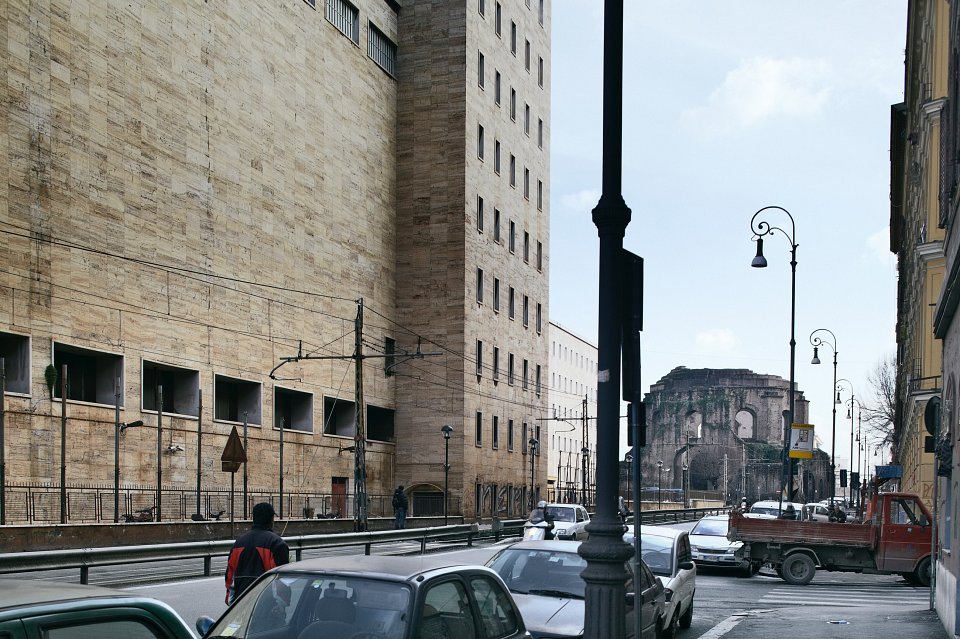 Via Giovanni Giolitti, 2009
Via Giovanni Giolitti, 2009
archival pigment ink on cotton rag paper, 91,5 × 131,5 cm
edition of 5 + 2 AP -
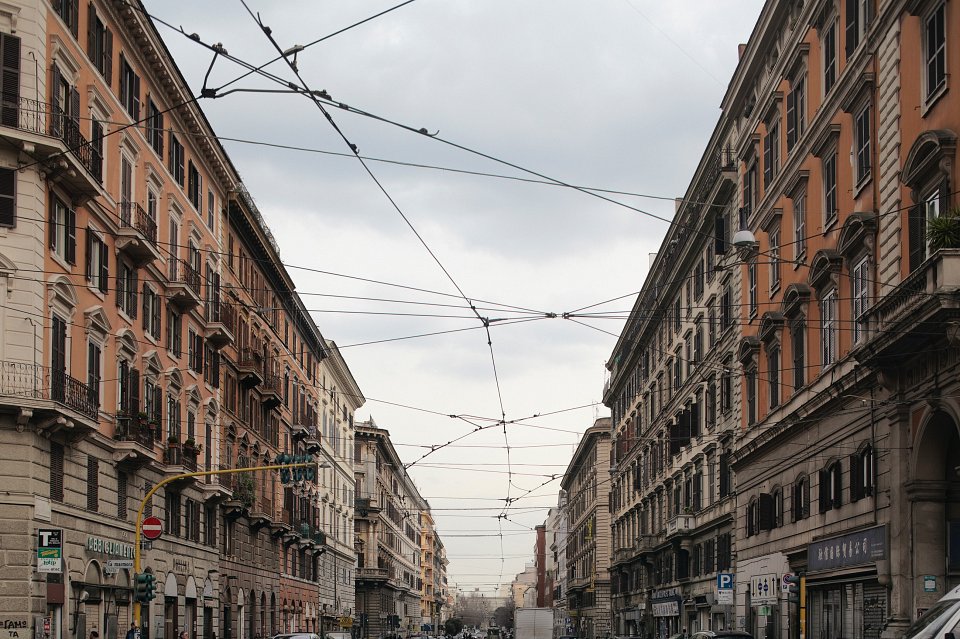 Via Principe Eugenio, 2009
Via Principe Eugenio, 2009
archival pigment ink on cotton rag paper, 91,5 × 131,5 cm
edition of 5 + 2 AP -
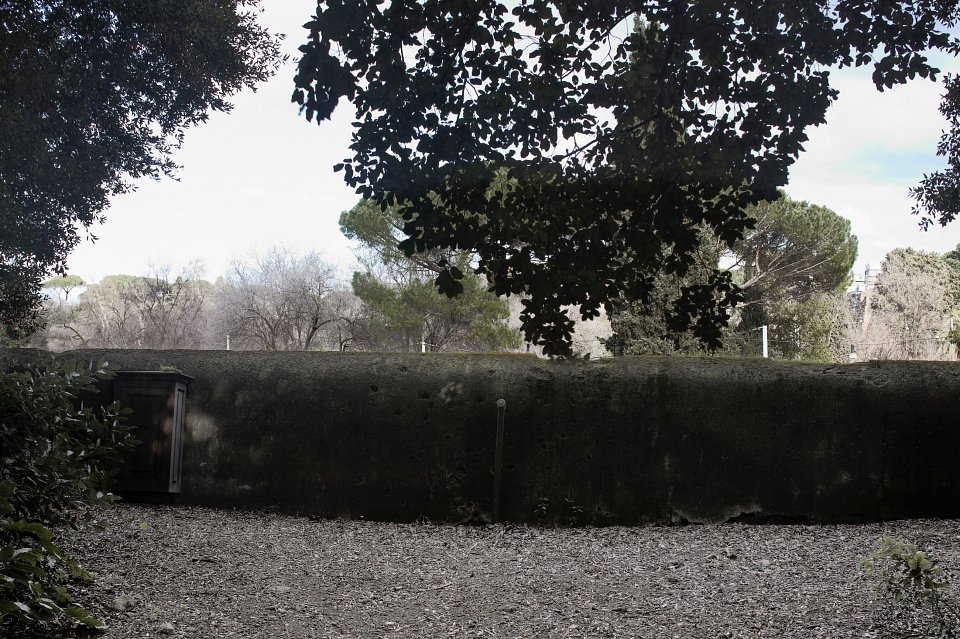 Villa Medici, 2009
Villa Medici, 2009
archival pigment ink on cotton rag paper, 91,5 × 131,5 cm
edition of 5 + 2 AP -
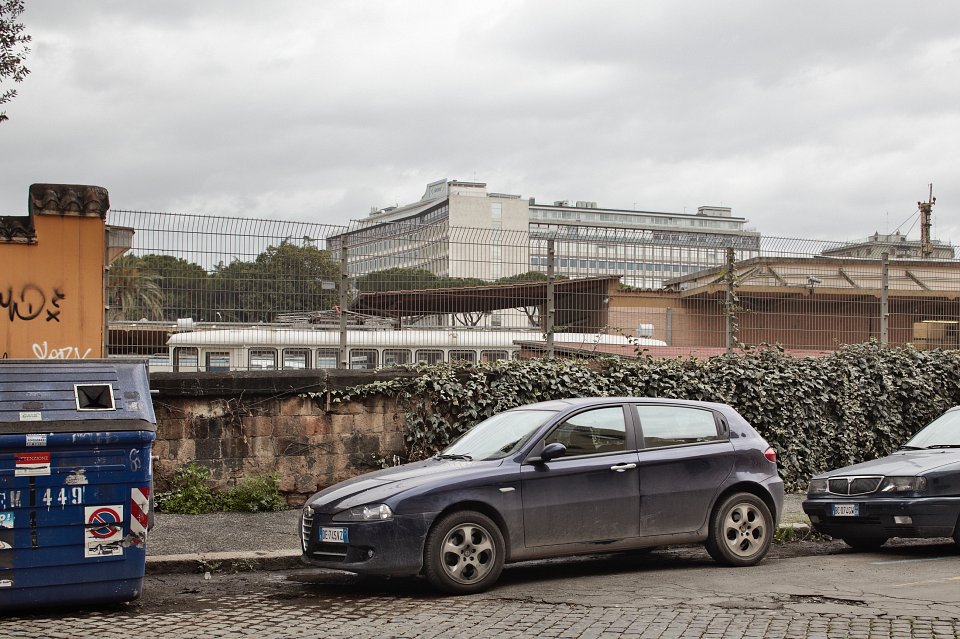 Via Bartolomeo Bossi, 2009
Via Bartolomeo Bossi, 2009
archival pigment ink on cotton rag paper, 91,5 × 131,5 cm
edition of 5 + 2 AP -
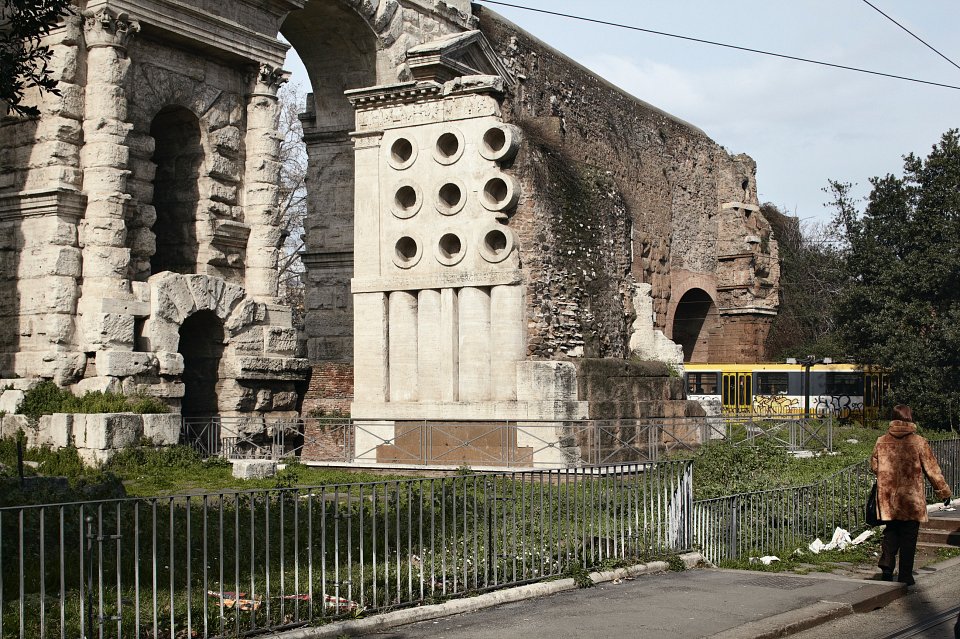 Porta Maggiore, 2009
Porta Maggiore, 2009
archival pigment ink on cotton rag paper, 91,5 × 131,5 cm
edition of 5 + 2 AP -
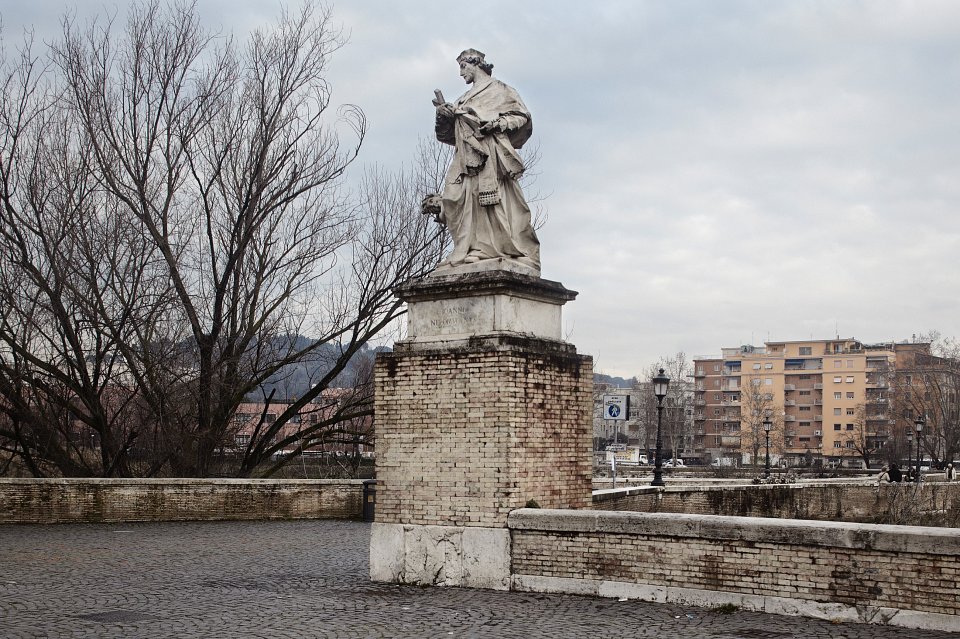 Ponte Milvio, 2009
Ponte Milvio, 2009
archival pigment ink on cotton rag paper, 91,5 × 131,5 cm
edition of 5 + 2 AP -
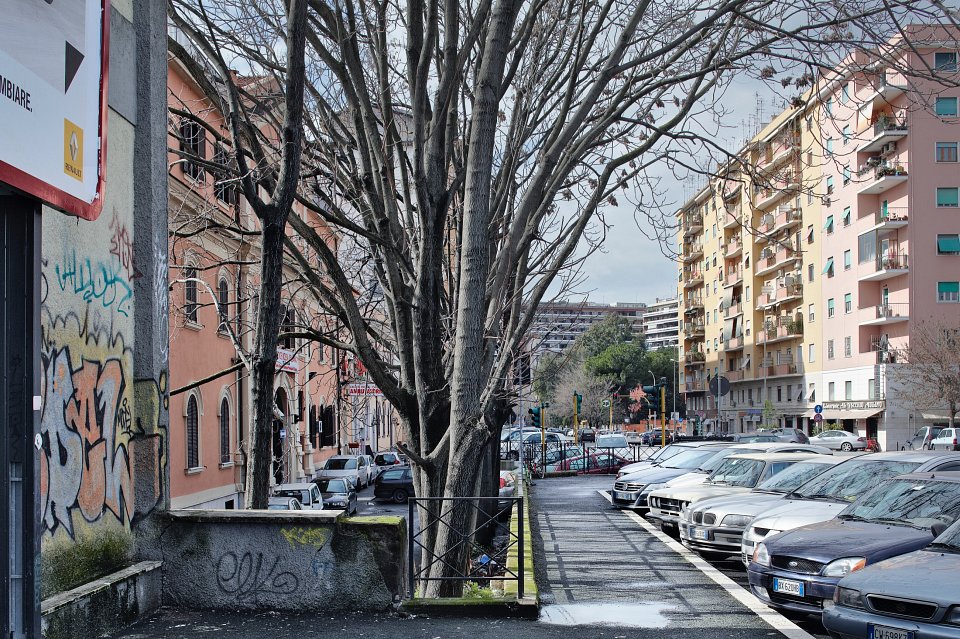 Via Antonio Pacinotti, 2009
Via Antonio Pacinotti, 2009
archival pigment ink on cotton rag paper, 91,5 × 131,5 cm
edition of 5 + 2 AP -
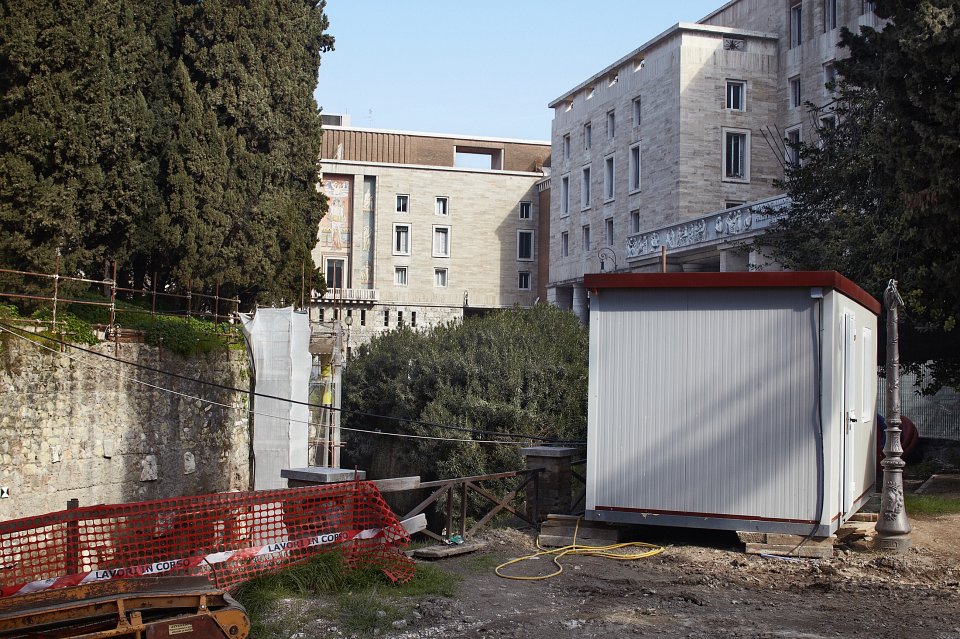 Piazza Augusto Imperatore, 2009
Piazza Augusto Imperatore, 2009
archival pigment ink on cotton rag paper, 91,5 × 131,5 cm
edition of 5 + 2 AP -
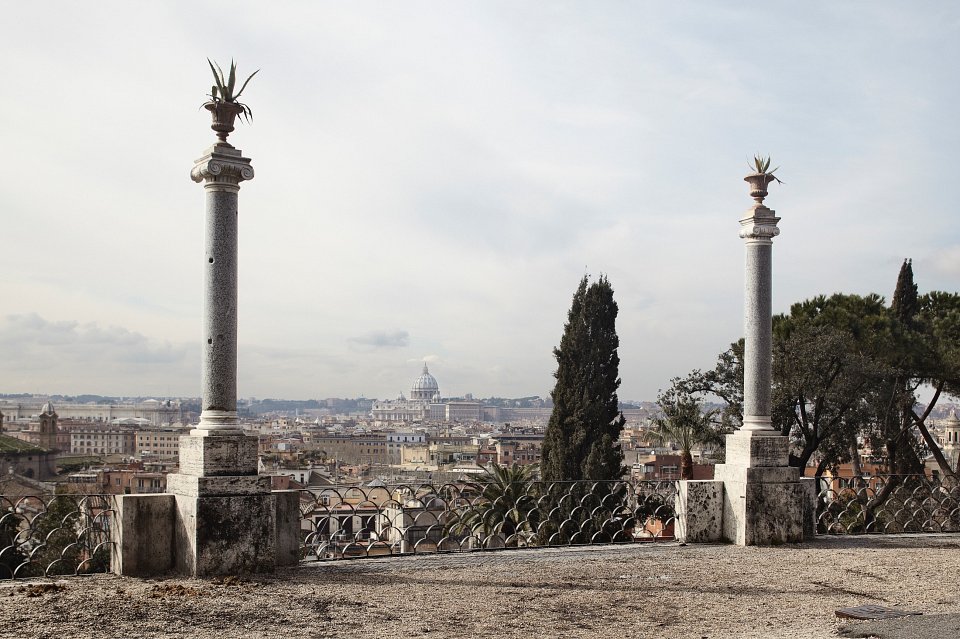 Pincio, 2009
Pincio, 2009
archival pigment ink on cotton rag paper, 91,5 × 131,5 cm
edition of 5 + 2 AP
-
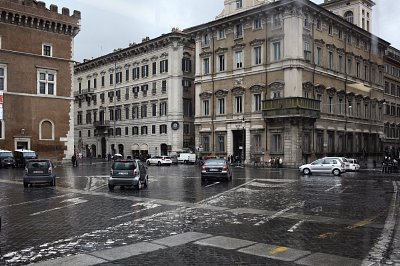 Piazza Venezia, 2009Piazza Venezia, 2009
Piazza Venezia, 2009Piazza Venezia, 2009
archival pigment ink on cotton rag paper, 91,5 × 131,5 cm
edition of 5 + 2 AP -
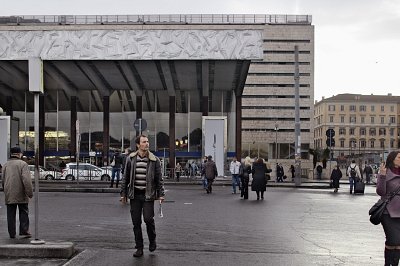 Piazza dei Cinquecento, 2009Piazza dei Cinquecento, 2009
Piazza dei Cinquecento, 2009Piazza dei Cinquecento, 2009
archival pigment ink on cotton rag paper, 91,5 × 131,5 cm
edition of 5 + 2 AP -
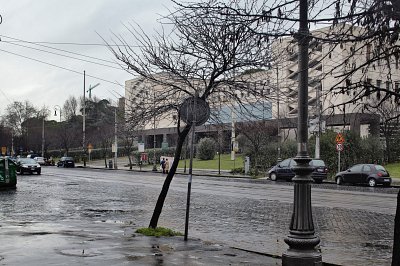 Via Marmorata, 2009Via Marmorata, 2009
Via Marmorata, 2009Via Marmorata, 2009
archival pigment ink on cotton rag paper, 91,5 × 131,5 cm
edition of 5 + 2 AP -
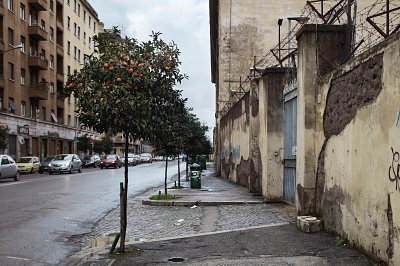 Via del Porto Fluviale, 2009Via del Porto Fluviale, 2009
Via del Porto Fluviale, 2009Via del Porto Fluviale, 2009
archival pigment ink on cotton rag paper, 91,5 × 131,5 cm
edition of 5 + 2 AP -
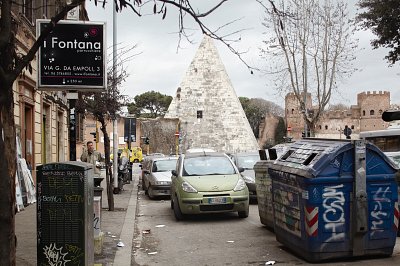 Via Ostiense, 2009Via Ostiense, 2009
Via Ostiense, 2009Via Ostiense, 2009
archival pigment ink on cotton rag paper, 91,5 × 131,5 cm
edition of 5 + 2 AP -
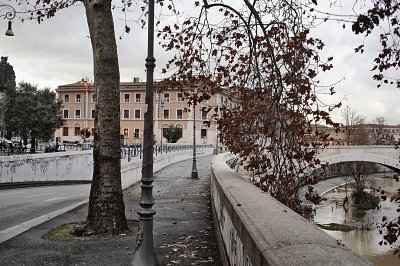 Lungotevere Gianicolense, 2009Lungotevere Gianicolense, 2009
Lungotevere Gianicolense, 2009Lungotevere Gianicolense, 2009
archival pigment ink on cotton rag paper, 91,5 × 131,5 cm
edition of 5 + 2 AP -
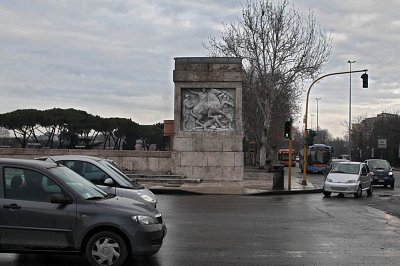 Ponte Duca d'Aosta, 2009Ponte Duca d'Aosta, 2009
Ponte Duca d'Aosta, 2009Ponte Duca d'Aosta, 2009
archival pigment ink on cotton rag paper, 91,5 × 131,5 cm
edition of 5 + 2 AP -
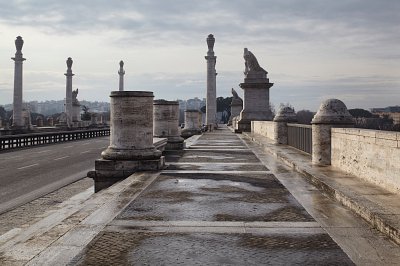 Ponte Flaminio, 2009Ponte Flaminio, 2009
Ponte Flaminio, 2009Ponte Flaminio, 2009
archival pigment ink on cotton rag paper, 91,5 × 131,5 cm
edition of 5 + 2 AP -
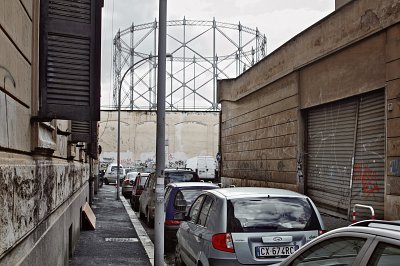 Via Giuseppe Acerbi, 2009Via Giuseppe Acerbi, 2009
Via Giuseppe Acerbi, 2009Via Giuseppe Acerbi, 2009
archival pigment ink on cotton rag paper, 91,5 × 131,5 cm
edition of 5 + 2 AP -
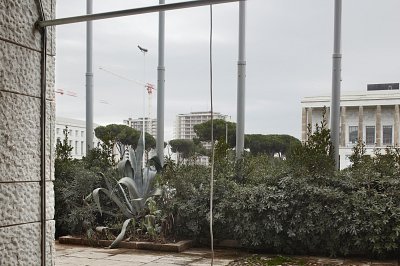 Piazzale Marconi, 2009Piazzale Marconi, 2009
Piazzale Marconi, 2009Piazzale Marconi, 2009
archival pigment ink on cotton rag paper, 91,5 × 131,5 cm
edition of 5 + 2 AP -
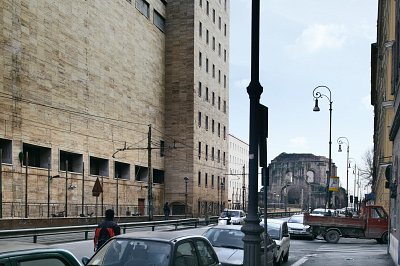 Via Giovanni Giolitti, 2009Via Giovanni Giolitti, 2009
Via Giovanni Giolitti, 2009Via Giovanni Giolitti, 2009
archival pigment ink on cotton rag paper, 91,5 × 131,5 cm
edition of 5 + 2 AP -
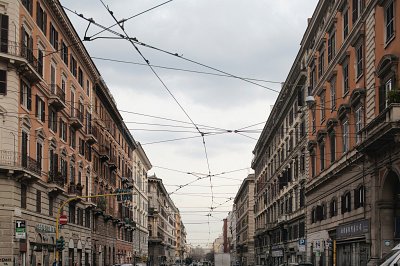 Via Principe Eugenio, 2009Via Principe Eugenio, 2009
Via Principe Eugenio, 2009Via Principe Eugenio, 2009
archival pigment ink on cotton rag paper, 91,5 × 131,5 cm
edition of 5 + 2 AP -
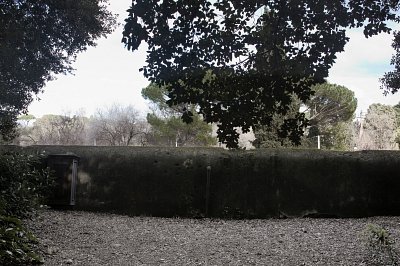 Villa Medici, 2009Villa Medici, 2009
Villa Medici, 2009Villa Medici, 2009
archival pigment ink on cotton rag paper, 91,5 × 131,5 cm
edition of 5 + 2 AP -
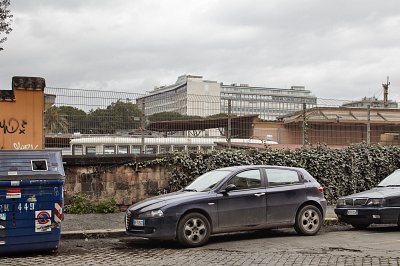 Via Bartolomeo Bossi, 2009Via Bartolomeo Bossi, 2009
Via Bartolomeo Bossi, 2009Via Bartolomeo Bossi, 2009
archival pigment ink on cotton rag paper, 91,5 × 131,5 cm
edition of 5 + 2 AP -
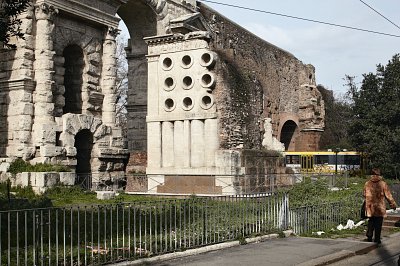 Porta Maggiore, 2009Porta Maggiore, 2009
Porta Maggiore, 2009Porta Maggiore, 2009
archival pigment ink on cotton rag paper, 91,5 × 131,5 cm
edition of 5 + 2 AP -
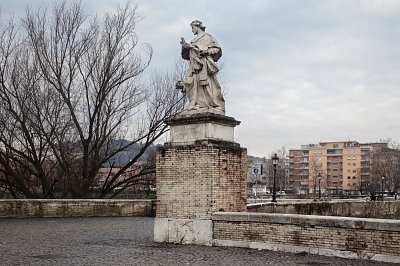 Ponte Milvio, 2009Ponte Milvio, 2009
Ponte Milvio, 2009Ponte Milvio, 2009
archival pigment ink on cotton rag paper, 91,5 × 131,5 cm
edition of 5 + 2 AP -
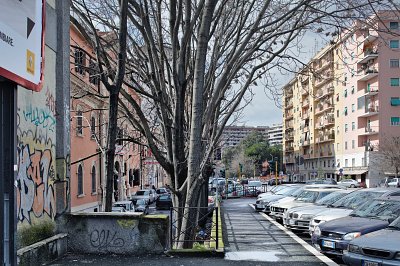 Via Antonio Pacinotti, 2009Via Antonio Pacinotti, 2009
Via Antonio Pacinotti, 2009Via Antonio Pacinotti, 2009
archival pigment ink on cotton rag paper, 91,5 × 131,5 cm
edition of 5 + 2 AP -
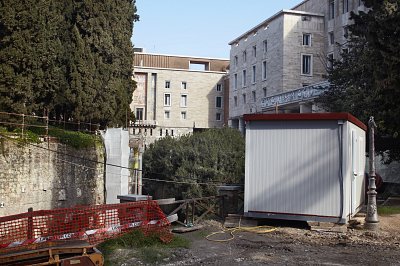 Piazza Augusto Imperatore, 2009Piazza Augusto Imperatore, 2009
Piazza Augusto Imperatore, 2009Piazza Augusto Imperatore, 2009
archival pigment ink on cotton rag paper, 91,5 × 131,5 cm
edition of 5 + 2 AP -
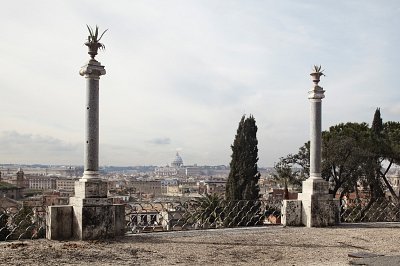 Pincio, 2009Pincio, 2009
Pincio, 2009Pincio, 2009
archival pigment ink on cotton rag paper, 91,5 × 131,5 cm
edition of 5 + 2 AP
Guy Tillim seeks a non-monumental Rome, a continuation of his previous project, Avenue Patrice Lumumba, which arrives here with him. Africa is a gargantuan concept, as Ryszard Kapuscinski mentioned in a conversation when he participated in the first edition of FotoGrafia, and Africa is in Tillim’s mind and eyes as he embarks on this project away from Africa. Tillim seeks the middle city, the middle light (the rainiest winter in years is a privilege for him); he seeks an idea born out of his extended watching of neo-realist cinema, which he re-elaborates in the field. In this middle city, the most complex thing is scale: how near, how far? Much lies in this strong tension of the quest for scale in the middle city, a city where Tillim is alone, free to think, to approach and to move away.
Like Josef Koudelka’s Rome (the “Theatre of Time”, which inaugurated the Rome commissions in 2003), Tillim’s city is without people, and also without overt sentimentalism. Perhaps it is not a coincidence that the only photo in which a person plays a role – admittedly portrayed from behind – is also the only one in which there is sun. For Tillim, neo-realism acted as a hook, a handhold, from which to start and to hold onto during the most difficult times of seeing the city afresh, in the same way that postcolonial architecture was the point of departure for Avenue Patrice Lumumba. But he goes far beyond neo-realism and its structures and formats. I like to think that Tillim’s first book on a subject outside Africa will also be the first of others that abandon the strictures of what went before, and head towards a difficult, beautiful and profound walk with freedom of seeing. (Marco Delogu)